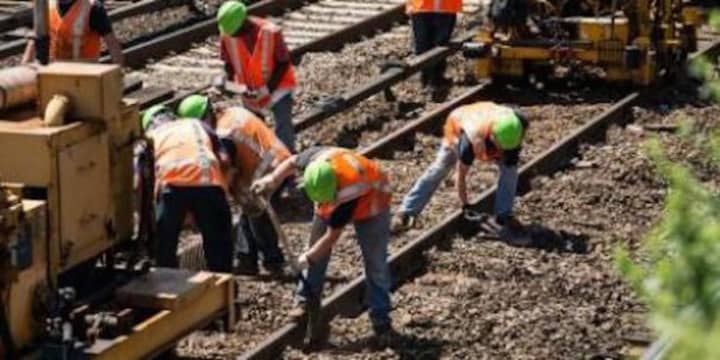“The reconstruction work has significantly enhanced the state of our infrastructure,” said Joseph Giulietti, president of Metro-North Railroad. “Our rails are safer today as a result of this concerted increase in track renewal work. This is a team effort that requires the coordination of dispatch operations and the dedication of our employees to be able to accomplish.”
Metro-North began the reconstruction effort back in May 2013 and have since laid 16.5 miles of continuous welded rails, in addition to replacing 97,961 ties. They have also rebuilt 88 switches, renewed and/or upgraded 32 railroad crossings and performed 2,905 welds on joints that connect stretches of track.
An industry-leading spectrum of detailed track inspections have guided Metro-North's reconstruction and renewal efforts. Inspectors also conduct visual track inspections twice a week while positioned within the track.
Metro-North employs track geometry cars operated by the Federal Railroad Administration and Mermec to measure the position, curvature, alignment, smoothness and cross level of the two running rails. To make these measurements, they use various sensors and measuring and data management systems to create a profile of the track.
Sperry Rail Services operates a specialized car over rails and measures them with ultrasonic and induction test equipment to detect internal metal defects, flaws and fatigue.
Georgetown Rail Equipment Company's Aurora System detects mismatched joint bars with precise measurements to within two hundredths of an inch.
A special track loading vehicle tests track loading with stress tests by applying forces close to the strength limits of the rails, track ties, fasteners and stone ballast.
To detect subsurface flaws, Metro-North utilizes radar to find potential problem areas in the structural layers below the ground.
The crews make immediate repairs when defects are identified, or institute speed restrictions over selected track segments until repairs are made for minor defects.
Click here to follow Daily Voice Bridgeport and receive free news updates.


